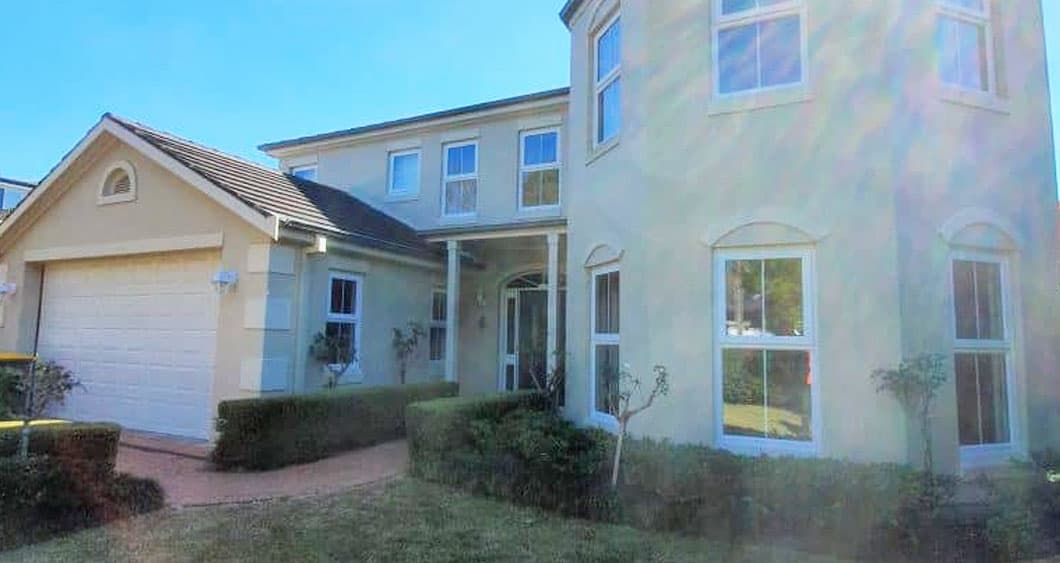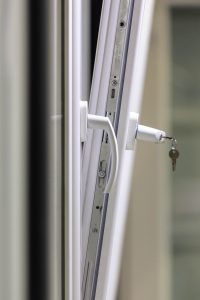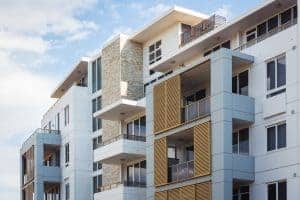As consumers we are constantly evolving. We used to make a phone call to book a taxi and wait patiently for it outside of our home, anticipating an estimated time of arrival from an unknown driver. Now we simply log onto a rideshare app, make an informed choice about our driver, the vehicle we will be travelling in and can see exactly how long our ride will take to arrive. The same goes for food delivery. We no longer need to consult a map or even turn on a sat nav in the car, as our smartphones have that technology built in already to assist us, whether it be for driving directions or even public transport.
The 21st century is moving at such a fast pace, we are constantly keeping up with changes in technology and often not even realising the positive effect that it is having on our lives. And in turn we are becoming more conscious of our choices, as we have so many choices now available to us.
You may or may not have heard of uPVC, although if you have managed to find this article chances are you have some awareness of it! uPVC is a new choice you have when it comes down to 21st century building materials. It’s modern, it’s recyclable and more importantly it’s versatile, meeting the demands of a culture that expects what they want when they want it. But what is uPVC?
What Is uPVC
uPVC’s full name is ‘Unplasticised Polyvinyl Chloride’ (now you can see why they shortened it to uPVC). Manufactured using vinyl polymer, bound to chlorine atoms so the window frames are not actually plastic and can work well with steel, makes it incredibly strong. It is a building material that in recent times has become a popular substitute for painted wood and aluminium, mostly for window frames, sills and doors.
uPVC is a cheaper alternative to the more traditional building materials used for windows and doors, although don’t be fooled, just because it is cheaper doesn’t mean that it isn’t superior to expensive hardwood timber and aluminium. In fact, it has gained its popularity in recent years mainly for its unique features such as it being low maintenance, it’s strength (as we mentioned), durability and versatility.
PVC VS uPVC
So is PVC the same as uPVC I hear you ask? Well no, not at all. Often the two are confused or taken as the same, but there are actually very significant differences in the two materials, despite the difference in the names only being the presence of the letter ‘u’.
Regular PVC, full name Polyvinyl Chloride, is a strong but lightweight plastic, often used in construction. As a material, despite being strong, it is also made softer and more flexible thanks to the addition of plasticisers. PVC contains BPA and phthalates. If no plasticisers are added during the manufacturing process, then it is known as uPVC (UN-plasticised). As a result of its rigidity, uPVC is a superior construction material than PVC.
PVC and uPVC both aren’t biodegradable, however, uPVC is recyclable, as it can be reshaped into new products (for example new window frames or even other products such as pipes) at very high temperatures.
Benefits Of uPVC
So what are the benefits of uPVC in the 21st century?
- Low maintenance, rot-resistant – uPVC as a material is incredibly low maintenance. Take uPVC window frames for example; they don’t require any regular maintenance to maintain their functionality or appearance, simply wipe down with a damp cloth every now and then to remove dust or dirt that may have accumulated day-to-day. Everyone has such busy lives these days, who would refuse such an easy option?
- Weather-resistant – we know uPVC is a tough/durable material, but it is also weather resistant. That means that the colour will not fade in the hot Australian summer sun, nor will the material warp as a result of extremes of temperature. uPVC is completely waterproof too, and will not rot like other materials such as timber. With the quickly changing climate and weather conditions (global warming?), you can rest assured uPVC provides a sound option.
- Customisable – it’s a highly versatile material, making it customisable in many ways. uPVC is available in a wide variety of colour options, even though many falsely believe white to be the only option. It can easily be made into any shape or form, which is why it makes such a perfect material for window frames, sills and doors. In this modern-day when we are used to endless options, why should we settle for less when it comes to our window/doors?
- Recyclable – as we mentioned earlier, uPVC as a material is completely recyclable, so will not clutter up a landfill site anytime soon and can be repurposed. Meaning we can feel good about our choice of material with regards to sustainability.
- Energy-efficient material – uPVC is energy efficient. When used for window frames a material like aluminium is a good conductor of both heat and cold, rendering it a poor choice for energy efficiency. Today with ever-increasing energy costs, we are always looking for ways to be more energy-efficient and uPVC is the way to do this. Not only is a low conductor of heat or cold, but it allows for tight seals reducing energy loss even further.
- Fire retardant – last but certainly not least uPVC is fire retardant, which not many other materials can boast, certainly not timber for example. At the time of writing this, NSW and parts of QLD are experiencing some of the worst bushfires they have had in years, bringing fire retardant materials into light even more.
So there you have it, uPVC, the modern building material for the 21st century.
If you are considering uPVC double glazed windows or uPVC doors for your home or property and would like to know more please contact Integra Windows today and one of our friendly team would be more than happy to discuss your options with you.
SIMPLE STEPS TO REQUEST A QUOTE?
Submit an online quote enquiry and we’ll be in touch and discuss the quote in more detail. Once all the relevant project details are obtained, we will be able to provide you with a final detailed quote.



